IoT
I've created a bunch of IoT projects over the years. Some with custom PCBs and machine vision, others with off-the-shelf relay modules, and most with custom C++ or Rust firmware. Most of all, they have been a great way to learn with just the right amount of hackiness.
Door Handle Opener
Because an in-door smart lock was out of the question in our rented apartment, and of course for the fun of it, I built this door handle opener. It straps to the door handle and can easily be removed without leaving a trace (just like the space heater I smartified).
Check out the GitHub repo for a detailed write-up.
Water Well Level Sensor
My dad and I needed a way to ensure the water level in a rain water collection well doesn't drop too low and that a pump actually uses the water as scheduled. So, as a fun end-to-end IoT project, I put together a sensor, serverless backend, and web UI.
Check out the GitHub repo with all source code, terraform scripts, and a detailed write-up.
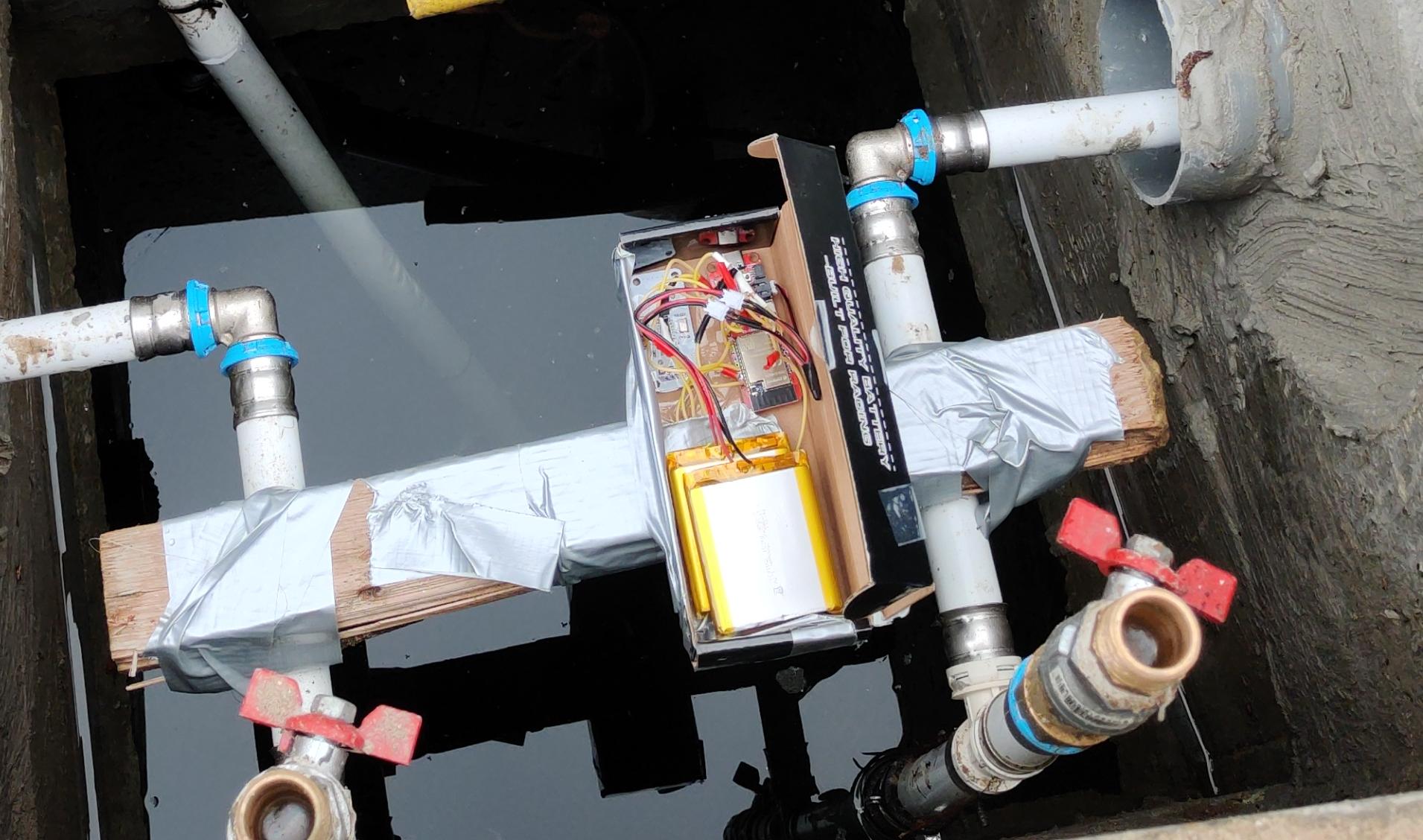
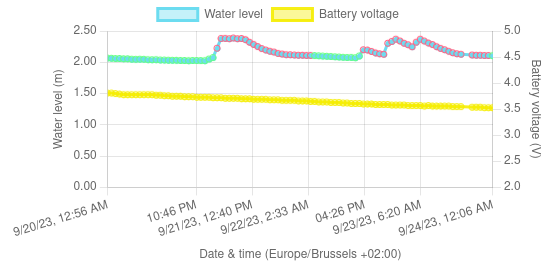
Water Usage Monitoring
This project uses a small camera and WiFi microcontroller to read the digits on an analog water meter. Since I built this in 2018 (?) Belgium has started to roll out smart water meters, but at the time we still had an analog one without even a reed switch port. This project was a great reason to try out a bunch of then new things for me: PCB design, training a neural net, and using a camera in an embedded electronics project.
My custom PCB, designed and ordered through EasyEDA, was mounted above the water meter using a piece of wood. It supports an ESP8266 WiFi microcontroller, and an ArduCam camera module. Periodically, the ESP8266 wakes up, lights a small LED, and takes a picture of the meter display. As the ESP already struggles just to take the picture, the processing happens off-board on a Flask server running on my home server (back then the ODROID-H2).
For each upload, the server first does a crude color-based bounds detection of the two digits groups (black-on-white for whole liters, white-on-red for fractions) using OpenCV. Then, these two groups are then each split into individual digits, using the black separation lines. Finally, each digit is fed into a PyTorch neural net. It is a simple convolutional network designed for digit recognition, and trained using my desktop's GPU on a dataset of just over 140 images I collected and manually labeled. This tiny dataset was fine because of how consistent the digits are.
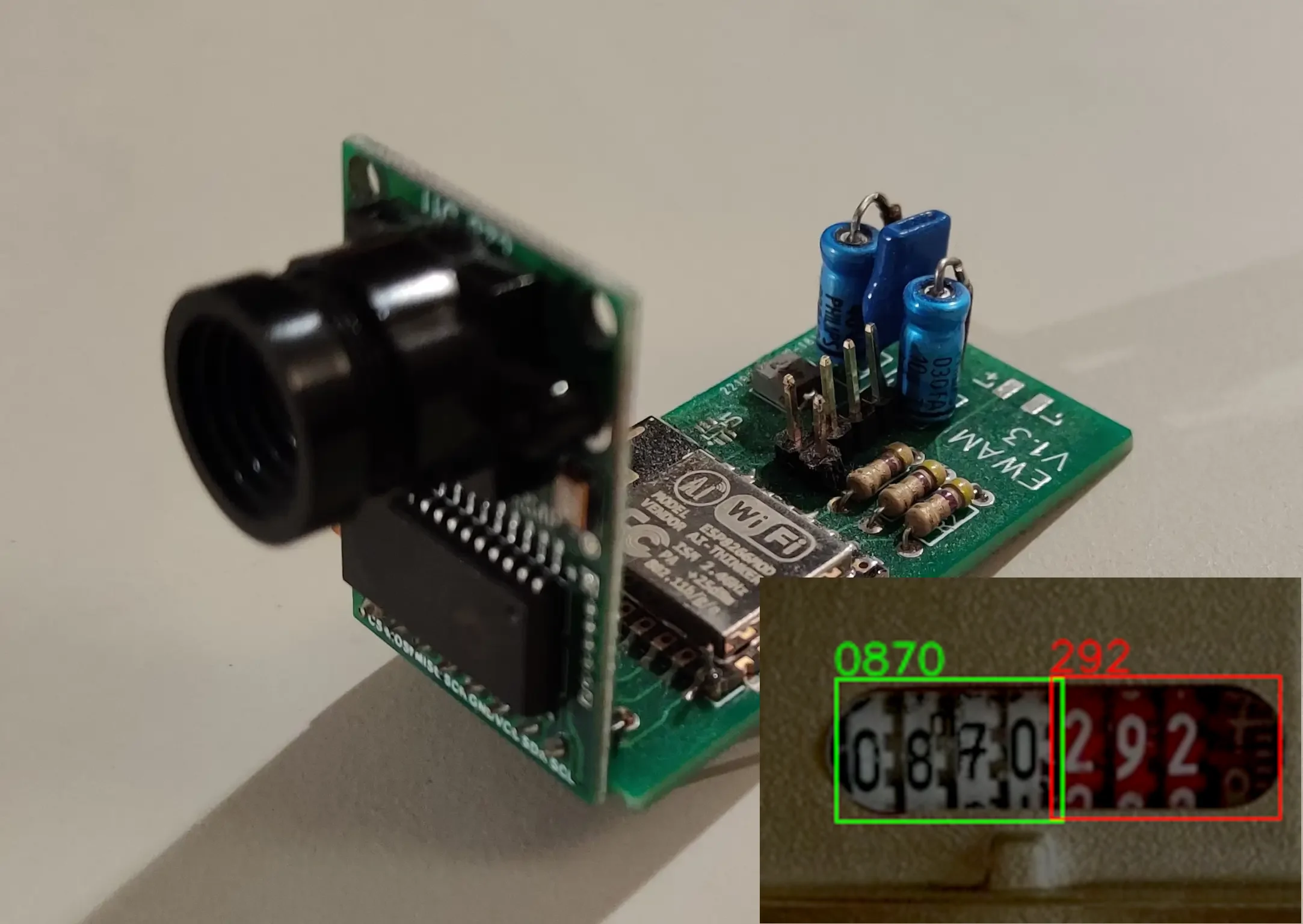
Smartifying an Old Space Heater
This project had some great reverse-engineering fun. I used an off-the-shelf 4-relay ESP module to control an old wall-mounted space heater in my dorm room. One of the relays was wired in parallel with the heater's original switch, and was controlled from a HomeAssistant server running on a Raspberry PI. That server also connected to a bluetooth air quality/temperature sensor, effectively acting as a smart thermostat. I designed the case for the ESP module in Fusion 360 and printed it at a local maker space.
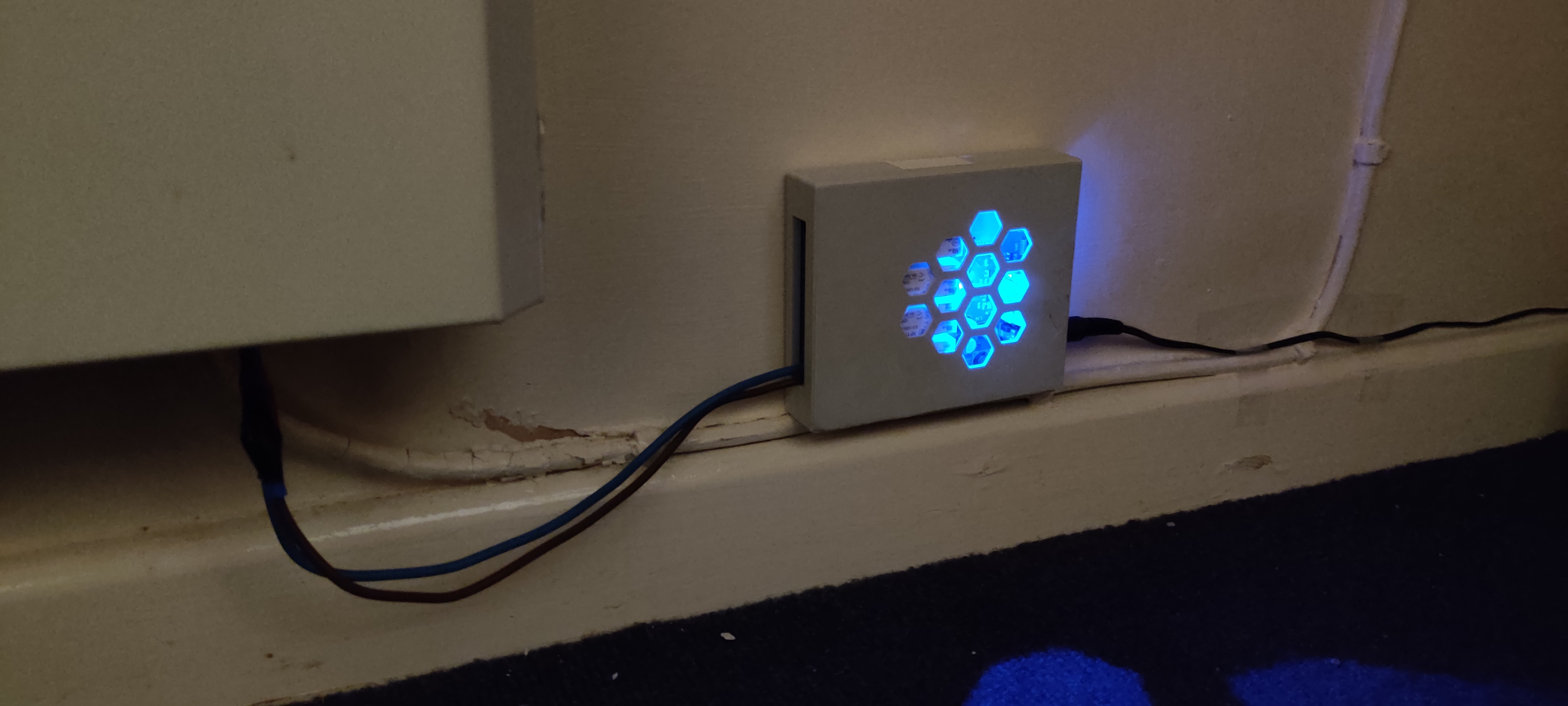
Hacking + Smartifying a Garage Gate
This was an assignment for the Security module in the last year of my IT Bachelor's. I used a software defined radio to sniff the communication between a remote control and its garage gate. After decoding the rolling code in the transmission using Universal Radio Hacker, I relayed it using a generic 433MHz transmitter.
If miniaturized, this system could be installed near the gate and collect rolling codes whenever an authorized user opens the garage gate. This way, the attacker can open the gate at any later time. The presentation slides contain diagrams to explain the attack.
Of course I had no personal need for this attack because I already had a remote for the gate. Being the lazy software developer I am however, it did get me thinking about how nice it would be to be able to open the gate from my phone. So I soldered a relay to the remote control and hooked it up to the Home Assistant server in my dorm room. Infinite garage opener range achieved ♾️!
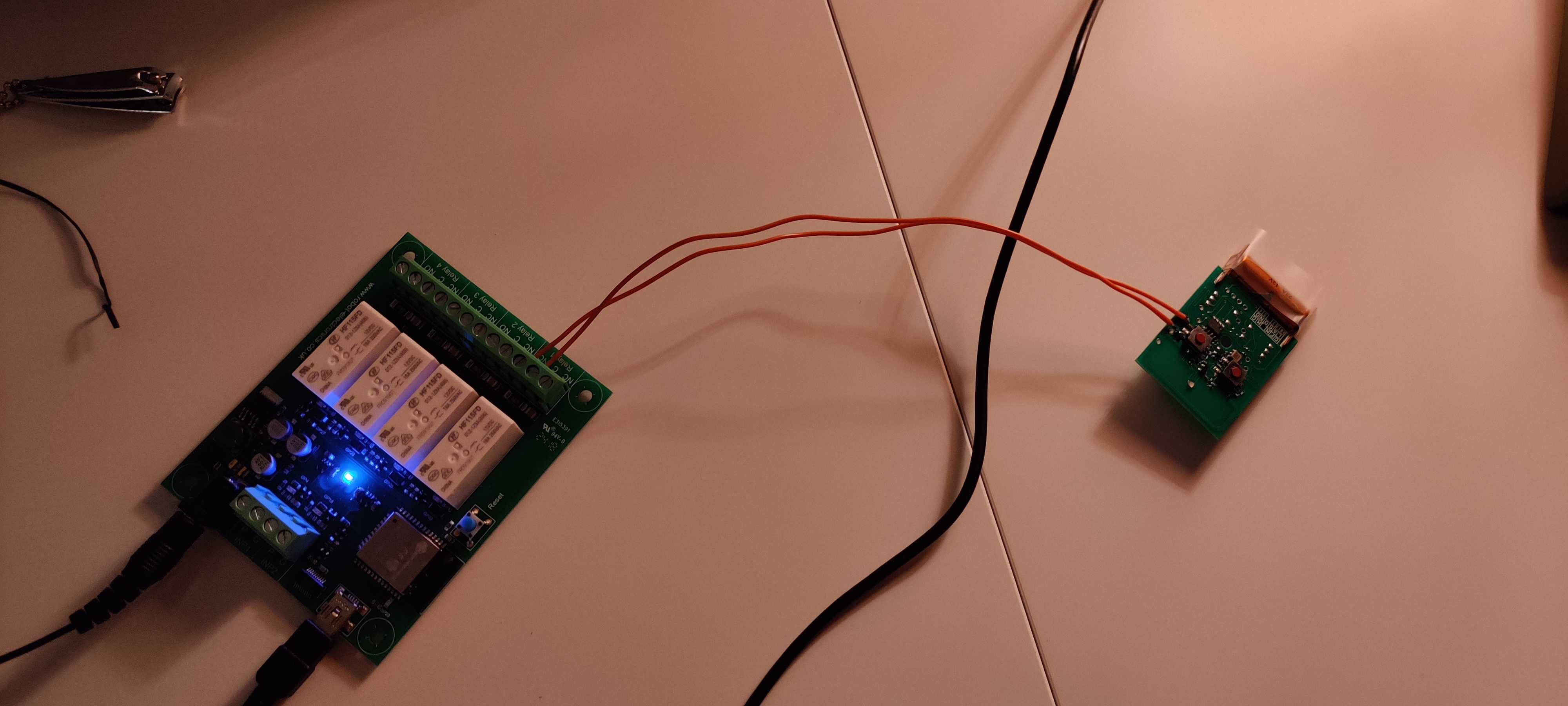
Dimming Lamps and Controlling LED Strips
Besides all of the above, I've also used IoT to dim lamps, control LED strips and hook into light switches. All those mini projects are some combination of taking a cheap ESP module, connecting it to a relay or breakout board and hooking it up to Home Assistant. Below for example is a video of me controlling a RobotDyn AC dimmer via an ESP32 and hooked up to an Ikea lamp.
When it comes to the firmware on the WiFi modules, I've done everything from: writing my own HTTP servers in C++ and no-std Rust, implementing a basic MQTT client, writing a custom UDP protocol, and of course simply flashing ESPHome or Tasmota.